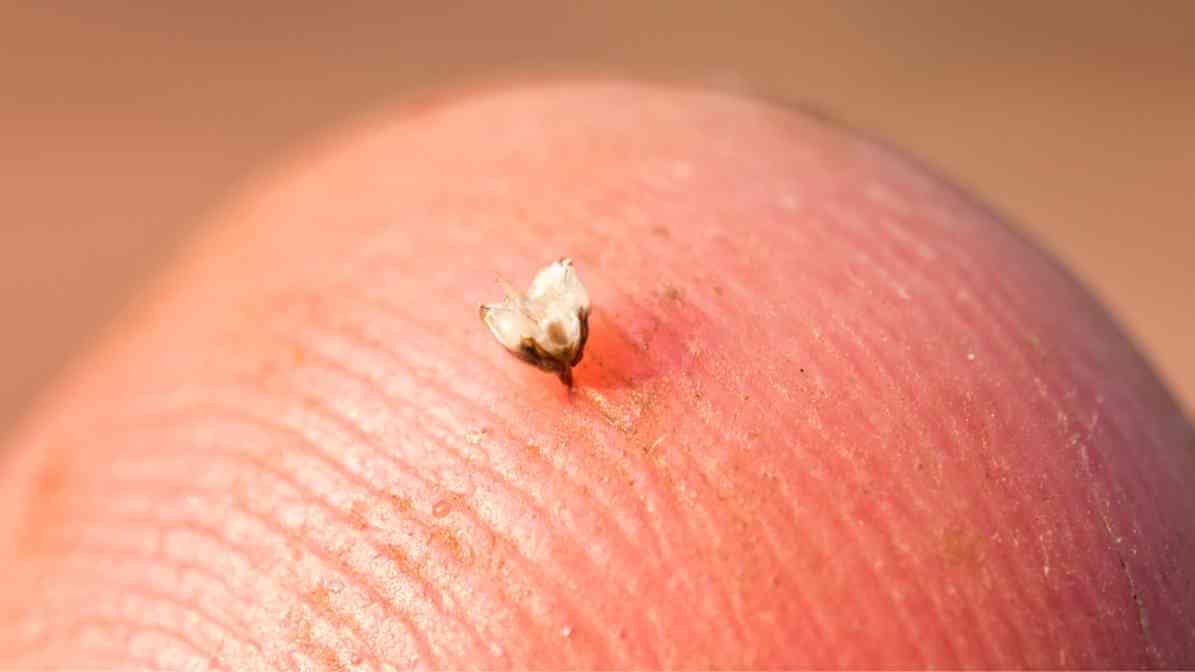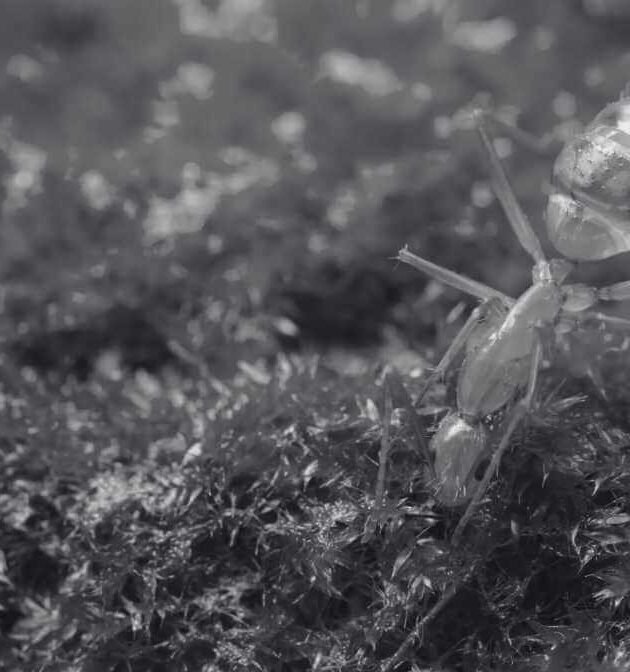
Guide for Effective Bed Bug Treatment
April 28, 2025
The Fascinating Busy Bee Life Cycle
April 30, 2025
Bees Blog
Best to avoid beehives, encountering bee sting or stinging insects as much as possible. Knowledge is your best tool in managing the aftermath of an unexpected sting.
Understanding Bee Sting Treatments and Remedy for Pain and Allergic Reactions
What You Need to Know About Bee Sting Treatment?
Bee sting can be a common and painful experience, especially during warmer months when people are more active outdoors. Whether it’s honey bee or wasp, the encounter can lead to discomfort and some face serious allergic reaction. We will explore the biology of bee stings, immediate responses to stings. The treatment options, and remedies that can help manage pain and reduce swelling.
The Complete Guide to Bee Sting
The Biology of Bee Sting
The primary function of a bee sting is defence and they can sting multiple times. Bees possess a stinger that is a modified ovipositor, which they use to inject venom when threatened. When a bee stings, it injects bee venom, containing various toxins. These toxins can cause pain, swelling, and allergic reactions in humans.
The most common stinging insect, the honey bee (Apis mellifera), can only sting once. As its stinger is barb and gets lodge in the skin, resulting in the bee's death shortly after. When someone is sting by bee, variety of reactions can occur, from mild discomfort to severe allergic responses. Understanding the potential reactions to bee stings is crucial for effective management and treatment.
Ways to Treat a Bee Sting, Effective Treatment Strategies and Life-Saving Tips
Immediate Response to a Bee Sting
If you or someone becomes a victim of a sting from a bee, staying calm is essential. Stress and anxiety can exacerbate the body’s response and increase pain perception. Here’s what to do immediately after being stung:




Remove the Stinger
If stung by a honey bee, first step is to remove the stinger as quickly as possible. Use a scraping motion with a flat object (such as a credit card) to avoid squeezing the venom sac, which can release more venom. Wasp stings do not leave a stinger behind, but it's still important to take immediate action.
Clean the Area
Wash the sting site gently with soap and water to prevent infection.
Reduce Swelling
Apply a cold pack or cloth with ice to the area for 10-15 minutes to help alleviate pain and swelling. This can also help numb the area, providing quick relief.
Monitor for Severe Reactions
Look out for signs of an allergic reaction, such as hives, difficulty breathing, swelling of the face or throat, or rapid heartbeat. Anaphylactic shock is a life-threatening reaction that requires immediate medical attention.
How to Handle a Bee Sting?
Treatment Options for Bee Sting in Malaysia
Over-the-Counter Treatments
Pain Relievers: Non steroidal anti-inflammatory drugs (NSAIDs), such as ibuprofen or aspirin. These can help relieve pain and reduce swelling after a bee sting.
Hydrocortisone Cream: This topical steroid can help reduce localised inflammation and relieve itching after a sting.
Calamine Lotion: Applying calamine lotion to the sting site can soothe irritation and help manage itching.
Antihistamines: Over-the-counter antihistamines like diphenhydramine (Benadryl) can help alleviate itching, swelling, and hives associated with allergic reactions.
Home Remedies
Apple Cider Vinegar: This natural remedy can help neutralise bee venom and relieve pain. Apply diluted apple cider vinegar to the sting site with a cotton ball.
Baking Soda Paste: Mix baking soda with water to create a paste. And generously apply it to the sting site for about 15 minutes to help reduce discomfort and swelling.
Essential Oils: Some essential oils, such as lavender or tea tree oil, can have soothing properties. Dilute them with a carrier oil before applying them to the sting site.
Aloe Vera: Applying fresh aloe vera gel can provide cooling relief and help reduce inflammation.
Effective Bee Sting Treatments and Natural Remedies for Relief
Managing Allergic Reactions to Bee Sting
Some individuals are more susceptible to allergic reactions after being stung by a bee. If you or someone else shows signs of anaphylactic shock, call emergency services immediately. Carrying an epinephrine auto-injector (EpiPen) is recommend for individuals with a known bee sting allergy. Essential to recognise the signs of a sting allergy promptly:
Mild Reactions
- Localised redness and swelling
- Itching at the sting site
- Pain and tenderness
Moderate to Severe Reactions
- Extensive swelling beyond the sting site
- Hives or rash elsewhere on the body
- Difficulty breathing or swallowing
- Dizziness or lightheadedness
- Anaphylactic shock, which can occur within minutes and requires immediate medical attention.
Can Bees Smell Fear and Are They Attract to It?
While bees can sense vibrations and certain chemical signals, there is no scientific evidence that they can smell fear. However, anxious movements can provoke bees, making it important to stay calm during an encounter.
Effective Bee Sting Strategies and Life-Saving Tips
When to Seek Medical Attention
While most bee stings can be treated at home, it is crucial to seek medical attention in certain circumstances:
Presentation of Severe Allergic Reactions
If you experience difficulty breathing, swelling in the throat or mouth, rapid heartbeat, or dizziness. These symptoms indicate a severe allergic reaction, commonly known as anaphylaxis. This is a medical emergency that requires immediate intervention.
Persistent Pain and Swelling
If pain and swelling do not subside after a few days or worsen significantly. Consult a healthcare professional to prevent possible infection or other complications.
Signs of Infection
Redness, increased warmth, and pus at the sting site are signs of infection. In this case, immediate medical advice is necessary.
Multiple Stings
If stung numerous times, such as during a bee encounter, it is prudent to seek medical attention. Multiple stings can lead to increase levels of bee venom in the body. It heightens the risk of serious allergic reactions or systemic toxicity.
Underlying Health Conditions
Individuals with pre-existing health conditions, particularly respiratory issues or immune system disorders. They should consult a doctor after any bee sting.
Essential Bee Sting Remedies and Tips for Allergy Management
Practical Tips for Reducing Swelling and Pain
In addition to treatments and remedies, there are several practical strategies. Remedies to help manage pain and reduce swelling after a bee sting:
Stay Calm: Anxiety around bees and stings can exacerbate symptoms. Remaining calm helps minimise the body's stress response, which can increase pain perception.
Elevate the Affected Area: If possible, raise the stung area above the heart level to help reduce swelling.
Avoid Scratching: Scratching the sting site can introduce bacteria and lead to infection. Keeping the area clean and avoiding irritation is essential.
Use Cold Compresses: Applying a cold compress intermittently can help manage swelling and numb pain without causing skin damage.
Drink Plenty of Water: Staying hydrated can help the body recover more effectively post-sting.
Professional Bee Control Services
Innovative Pest Blog Summary
Bee stings are a common occurrence, ranging from a minor annoyance to serious medical emergency, for individuals with allergies. Understanding the biology of bee stings, the appropriate immediate response, and the various treatment options. These knowledge are essential and can aid in effectively managing the symptoms and potential complications.
If you spot a bee hive or experience a bee encounter in your urban living space. Do not take chances and ensure your safety comes first. Contact our professional bee removal and control team today to safely and humanely relocate the hive. Our experts are train to handle bee situations with care, preserving the environment while protecting your home.



